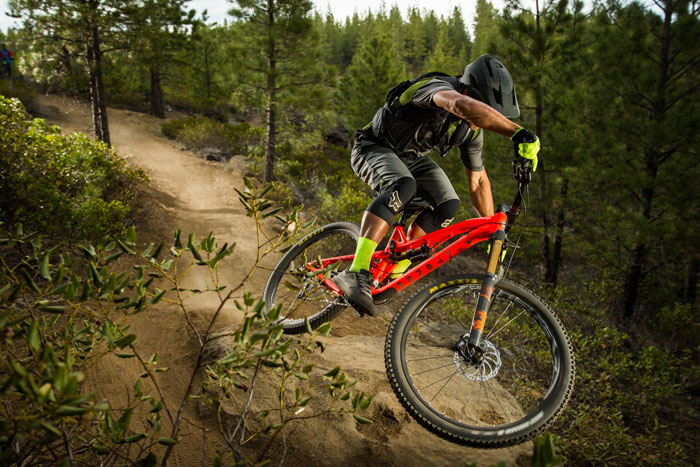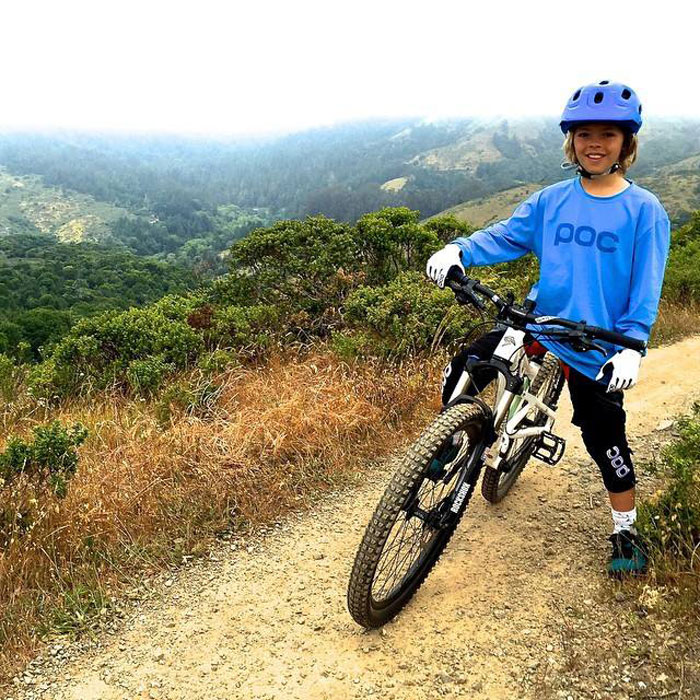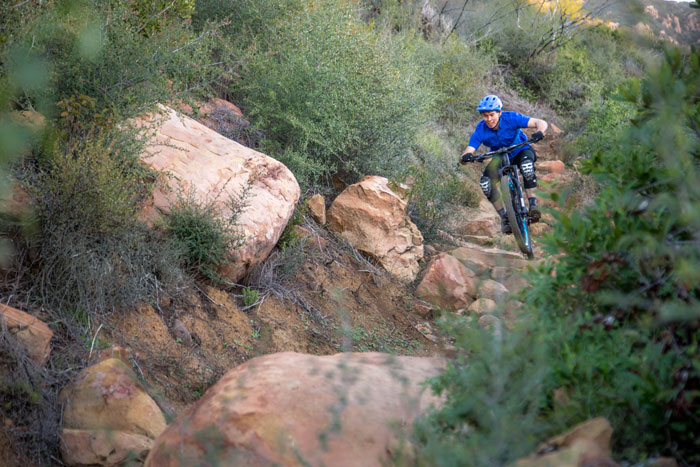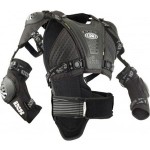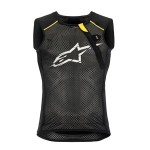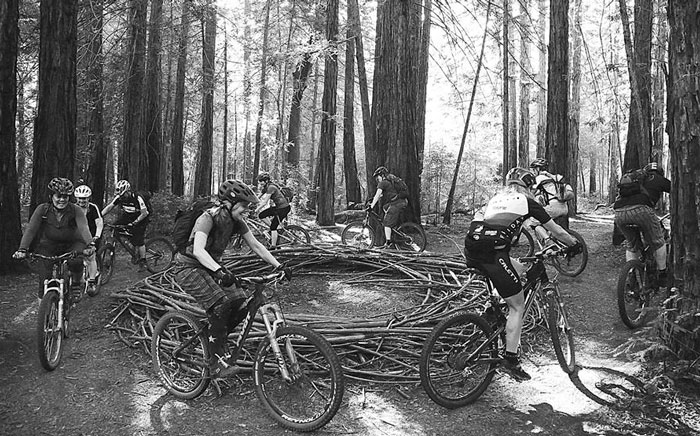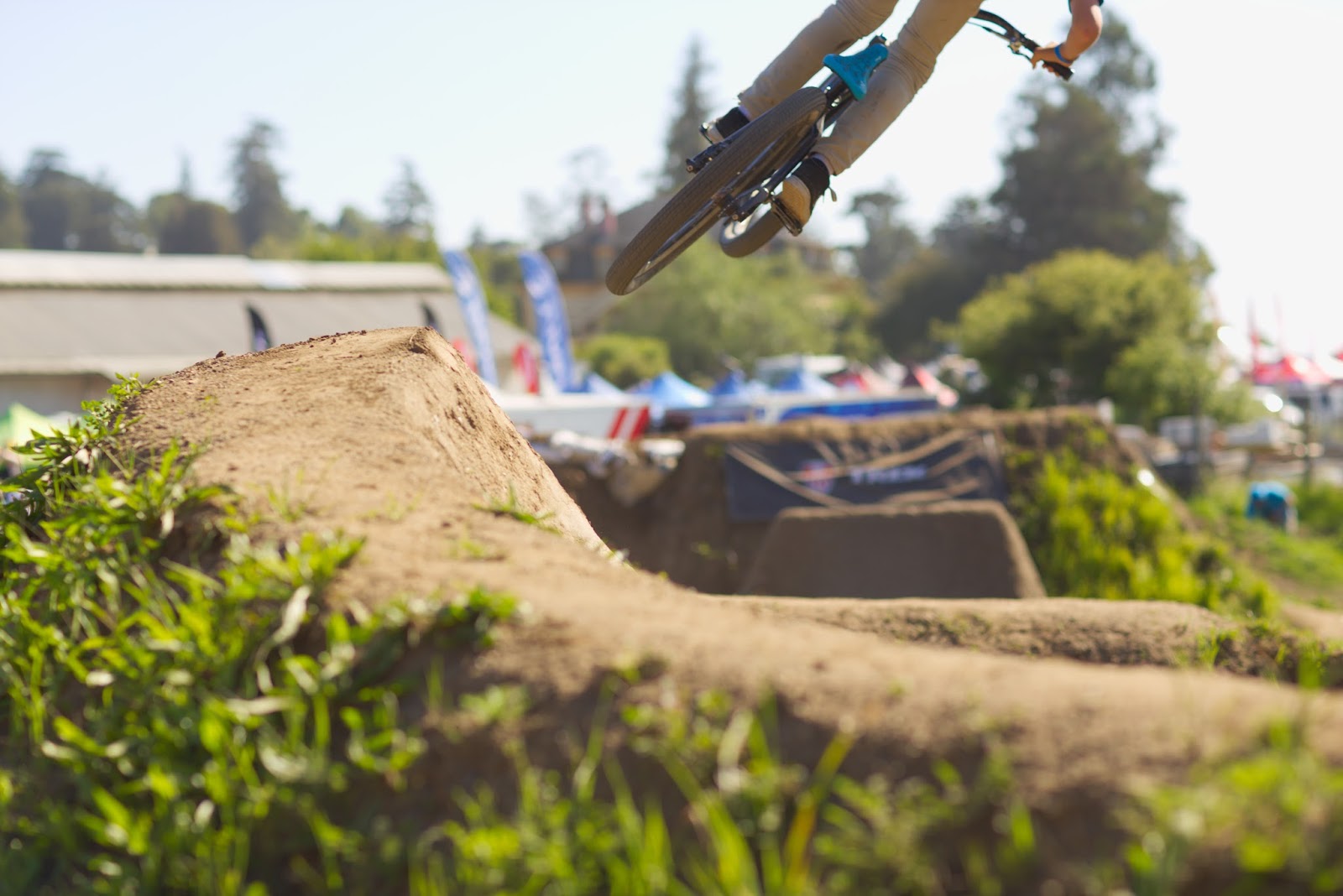- California Enduro Series Announces 2024 Schedule - 11/19/2023
- ASHLAND MOUNTAIN CHALLENGE 2023 – CES RACE REPORT - 10/04/2023
- China Peak Enduro 2023 – CES Race Report - 09/04/2023
Making sense of the vast array of mountain biking protective pads
By Dave Robinson
So you’re rolling down your favorite singletrack with your best ride buddy and feeling great. It was a good week and you’ve got a pass for the day from any other tasks, your mind is clear, and your bike is responding to your every whim. You come blasting through your favorite berm and there it is, the jump you have been dreaming about. You hear a hoot and two riders come flying through the berm and easily soar over your jump like it’s nothing. You’ve been looking at this thing for months and you feel so good today. It’s not much bigger than anything you’ve done before so you hike up and do a mock run. Hmmm. Something’s missing. It definitely won’t be good if you short this thing. If only you were wearing pads!
Folks who wear pads have a variety of reasons for doing so. Besides giving a confidence boost, they provide a bit of warmth plus protection from stickers and poison oak, and most importantly they add a layer of safety. Whatever your reason for considering pads we’re here to help you sort through the dizzying array of choices out there. Here’s our take on the most important features available in the world of mountain bike pads.
Comfort and Fit
This is a big one. If you don’t like how your pads feel while riding you’re not likely to wear them. Some pads pull on like compression sleeves (for example G-Form pads) and don’t restrict movement at all. I’ve got a number of friends who pull these on before every ride and as a result we don’t have to stop at the top to wait for them to “pad up.” The drawback to the sleeve type pad is that they may not take the bigger hits as well due to less material or may slip when you slide on the trail after your graceful exit. Pads designed for heavier hits usually will have adjustable straps to prevent them from sliding around upon contact. Also, some pads feature neoprene or silicone rubber contact patches on the interior of the pad to promote stability.
Length and Coverage
When reviewing leg protection you’ll have an option of shin, knee, or combo pads. Shin coverage can be beneficial if you’re considering riding flat pedals when a simple slip can result in an interesting tattoo on the front (or sometimes back) of your lower leg. Knee protection can make a huge difference when you run the risk of contacting rocks, or anything for that matter, at speed. We’ve all heard a shattered kneecap story – not pretty. Keep your knees protected when the terrain gets steep. You’ll also notice that coverage is directly related to comfort, and the more coverage you get the less mobility you feel. A pad that fails to protect the side of your knees or back of your leg may not give you all the protection you need, particularly if you’re going big. If going big, do consider a pad that gives you a ton of coverage, or if you just want a little extra margin of safety a smaller pad may suffice.
Padding Types
In recent years some exciting new materials have emerged that are soft and doughy under normal riding conditions and become very rigid upon contact. Both G-Form and POC feature these materials in their pads. Technology isn’t cheap so be prepared to pay a premium for these newer materials. Conventional foam pads still provide more protection than nothing so if you’re feeling a little light in the wallet you may also consider more traditional padding. You’ll still be putting something between those hard bits out there and your body. Hard shell covers reduce friction on impact and tend to weather multiple crashes a bit better than softer covers. If you’re going down repeatedly or riding in skate parks you may want to consider this feature.
The protection you choose is obviously a personal choice but don’t hesitate to reach out to friends and your mates at the local bike shop to see what they prefer. Be sure to size your pads correctly; this may warrant a visit to the aforementioned bike shop to ensure you get the right size pad and you’ll also be keeping your dollars in your community. The price of protection may seem a bit high but consider the alternatives, or your insurance deductible. Sometimes all that is missing in our search for improved flow on the trail is a small boost in our confidence, and perhaps the right bit of protection could give you that boost.
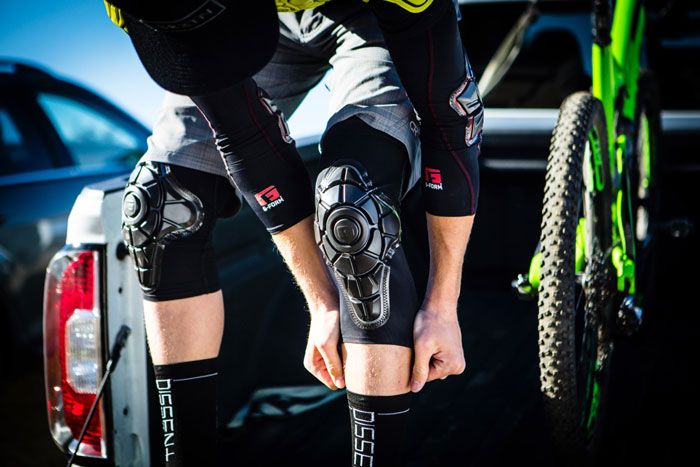
These elbow and knee pads pull on like compression sleeves and don’t restrict movement at all (G-Form).
Impact Jackets
Early downhill racers rode with hard shell motorcycle chest protectors designed to deflect gravel and “roost” from the back wheel of other motorcycles. Fortunately, torso protection for mountain biking has evolved significantly since then. Now gear ranges from lightweight shirts with sewed-on foam on to full coverage back, shoulder, chest, and elbow guards integrated into a single piece of gear. Some impact jackets and vests even integrate hydration into the design.
You can observe the whole range of protection in the bike park where the trail tends to be hard packed and travelled at a high rate of speed. In this environment the cushioning characteristics of the gear is paramount. You don’t want your pads to shift under impact so look for retention straps to hold them in place. If you’re happy with your elbow pads you might consider a jacket without to keep the cost down; just remember that shoulder impacts account for a large number of injuries so look to have some protection there if you plan on going big.
You may feel invincible once you’re all padded up but remember to use the grey matter beneath your lid to keep yourself safe. Remember, padding is never a valid substitute for solid technique, always ride within your limits! – DR
Dave Robinson works for The Ride Guides, a local mountain bike guiding and coaching service based in Santa Cruz. He is a staunch advocate for the environment and is passionate about developing inspired stewards via outdoor recreation.

